With the rise of hydroponics and other alternative growing methods, water agriculture seems like a contemporary development in the U.S. Surprisingly, Wisconsin has a strong history of using natural waterways to grow food. So, what’s the scoop?
Cranberries
Small but mighty, cranberries are Wisconsin’s number one fruit crop in both acreage and economic impact! In fact, greater than 60% of the nation’s cranberries are cultivated right here in our state.1
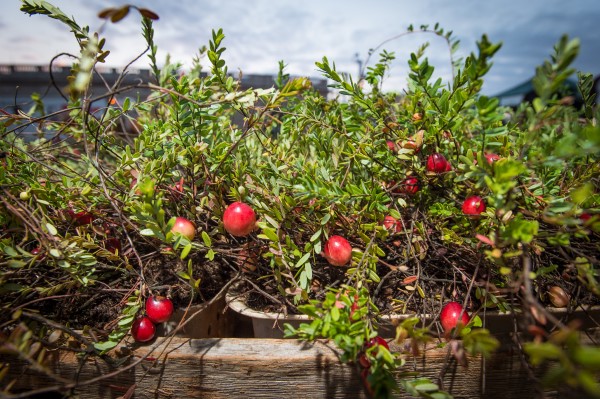
Cranberries are native to northeastern North America, including Wisconsin.5 Naturally, they grow on vines in very acidic bogs and marshes, but not in standing water.1 Commercially, this environment is recreated to avoid damaging our ecosystems.3 So, here’s where the water comes in.
Cranberries actually have small hollows within them that contain air. Because of this, they’re actually able to float. Farmers take advantage of this unique ability by flooding the cranberry fields, so that the bobbing berries are easier to harvest.1
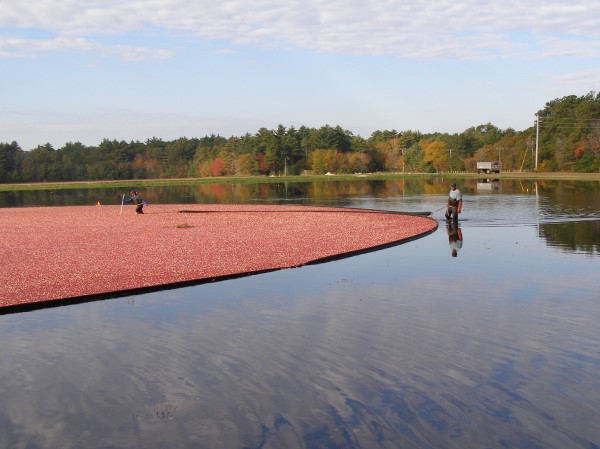

Harvesting season spans September through October,3 but only 5% of the crop will be sold unprocessed.5 The vast majority of cranberries will be dried, stewed, or canned into your favorite holiday sauce.
Wild Rice
Wild rice has been of cultural and culinary importance to indigenous communities for many generations.7 Wild rice is an aquatic grass4 that’s native to Wisconsin and the larger Great Lakes region. Though the name is deceiving, it has no actual relation to white or brown rice.4 Wild rice grows naturally in streams, rivers, and shallow areas of lakes.8 It’s also important habitat for animals, and the vegetation supports the overall structure of the body of water.7
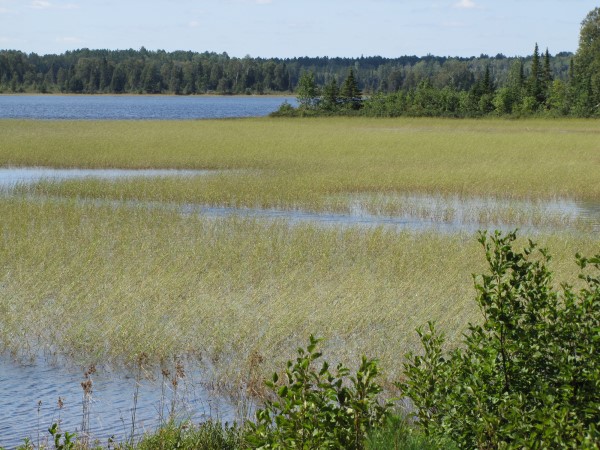

The Ojibwe call naturally occurring wild rice manoomin.4 With its high nutritional value and long shelf life, manoomin is viewed as a gift from the Creator.7 Wild rice ripens gradually and unevenly, so harvesting is staggered over multiple weeks and is a time of great celebration.7
Not all wild rice is considered manoomin. The traditional way of harvesting wild rice is much more sustainable than commercial methods. Historically, some kernels would be harvested and others would drop into the water. This would allow for reseeding of next year’s crop. Wild rice that is farmed in ponds or “paddies” is not considered manoomin.4
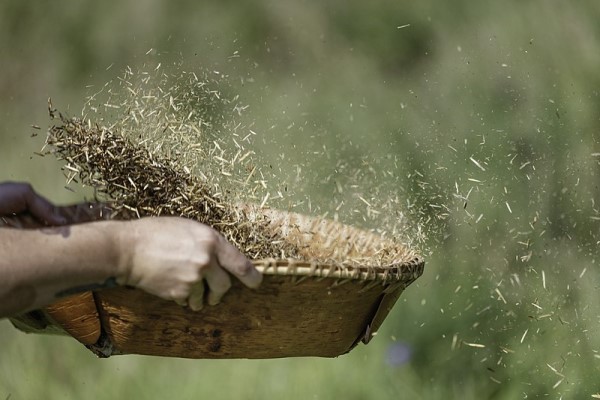

To learn more about manoomin, its cultural importance, and conservation, you can visit the Manoomin Education and Outreach Project, which is a collaboration between Wisconsin’s First Nations and the University of Wisconsin Sea Grant.
Hydroponics
Hydroponic farming involves growing plants without soil. This may be entirely without growing material or may utilize non-soil substrate. This method of cultivation allows for a higher level of control over factors like nutrient balance, crop quality, and taste. Hydroponics also allows plants to be grown indoors year-round. This protects plants from environmental damage, disease, and reduces the need for chemical application.
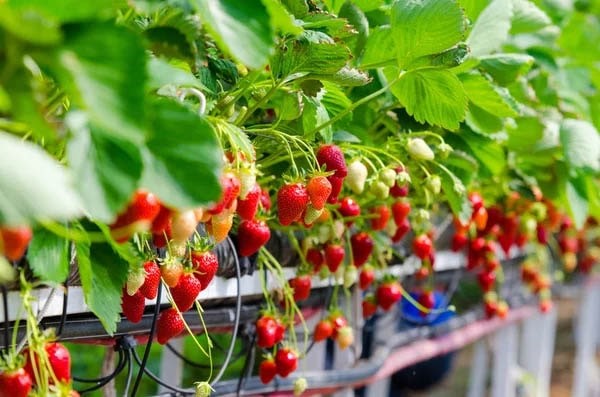

In a climate like Wisconsin’s, hydroponics expands the growing season exponentially, and is a great way to keep food production going through winter.2 Hydroponic growing has been utilized across the state by organizations like college campuses, food banks, local farms, and large commercial growers.
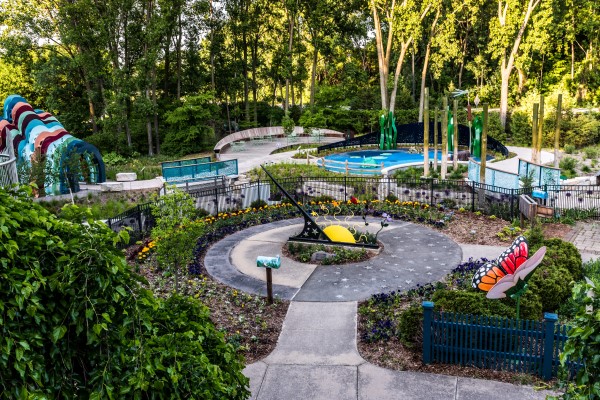

To learn more about water agriculture in Wisconsin, check out our new Carol & Bruce Bell Children’s Garden! At the Gail R. Fischer Family Lily Pad Splash Play area, you’ll learn about Wisconsin’s wetlands that have long supported our aquatic crops. Be sure to also stop by the Parrish Family Rain Drop Garden to learn more about the water cycle and how it affects plants.
Sources
1. “About Cranberries.” Wisconsin State Cranberry Growers Association, www.wiscran.org/cranberries/. Accessed 19 June 2023.
2. “Growing Produce Year Round with Hydroponic Systems.” Feeding America Eastern Wisconsin, 9 Dec. 2021, feedingamericawi.org/hydroponics/.
3. “How Cranberries Grow.” Massachusetts Cranberries, www.cranberries.org/how-cranberries-grow. Accessed 19 June 2023.
4. “Ojibwe Lifeway: Wild Rice Harvesting (‘Dagwaagin’-Fall).” “G-WOW” Changing Climate, Changing Culture, www.g-wow.org/en-us/wildrice/default.aspx. Accessed 19 June 2023.






